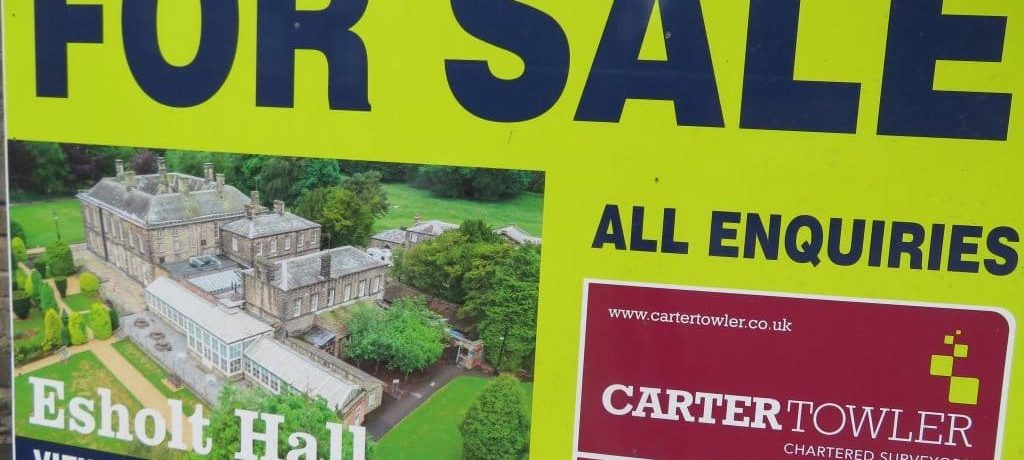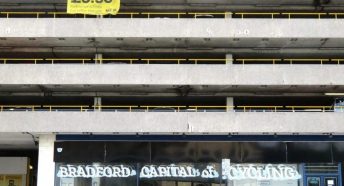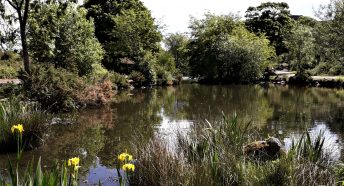The Conservation Conversation
A few days after we submitted our comments on the Esholt planning application, Bradford Council’s Conservation Officer also put in response.
This response is mainly concerned with the relationship of the proposals to Esholt Hall, and notes, “…despite the activities of the water treatment works, the setting of the Hall remains sympathetic and the historic approaches remain legible.” It goes on, “To properly consider the integrity of the estate and the potential impacts upon that…further commentary is required on the relationships across the estate and opportunities for enhancement which may also be in areas not presently indicated within the red line.” In other words, the Hall and its grounds have survived decades of being within the treatment works site remarkably well. We need to be confident that this redevelopment opportunity will not compromise that, and this means providing evidence of considerations outside the marked boundary of the planning application site.
That view concurs with a key aspect of our own submission, in which we called for a masterplan for the wider site extending well beyond the red-line boundary. Our point, really, is not just about the setting of the Hall as a heritage asset in its own right, but also as the centrepiece of a landscape that tells a unique story. The opportunity for the area, including as part of a broader country park, of bringing a largely hidden heritage asset to life, cannot be understated. In our view, it is this relationship between the redevelopment of the brownfield land and this bigger opportunity that needs to be properly explored. It needs to happen in a way that brings the Hall and its gardens to life for people to enjoy, and that is sensitive to its heritage.
The applicant has responded to the Conservation Officer’s comments with a degree, it must be said, of defensiveness, and a little contradiction. On the one hand the applicant says, “The landscape strategy would restore the original approach to the Hall from the Avenue that is not currently legible…It is an opportunity that has been taken as part of the development and should be given full weight.” On the other hand, the next paragraph says, “The proposed development would be peripheral to the setting of the Hall. It has been assessed to have a neutral impact on the significance of the Hall.” Taken together, these two sentences appear to say, “you should attach full weight to the enhancement opportunity we’re offering, but should treat the impact of the development as neutral”. This might be interpreted as asking the Council to clock up the pros but gloss over the cons.
As we set out in our submission to the application, we wish to put faith in the applicant’s good intentions. In that light, this exchange of correspondence is a little worrying, because we could infer from it that the applicant is reluctant to fully consider the relationship to the Hall and gardens. There is a logic to this, of course: cleaning up and re-using the brownfield land is an enhancement in itself, isn’t it? Well, not entirely. From the wider community’s perspective, the real enhancement opportunity comes from opening up a landscape that has been partially closed off to them, and bringing the historical Hall and gardens from the shadows into the light. There are sustainability risks from putting new development on this site, and it is this enhancement opportunity that can potentially offset those risks.









